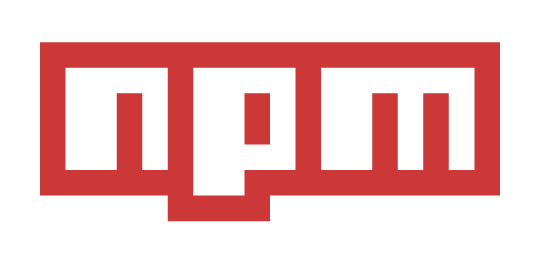
node package manager
is the world’s largest software registry

npm was developed by Isaac Z. Schlueter
in 2009
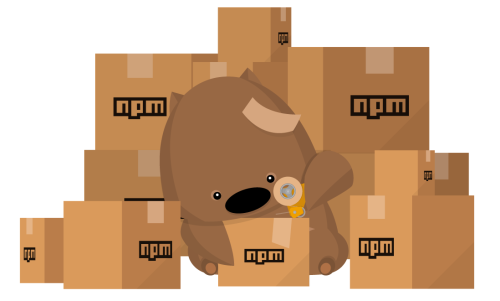
Npm has 12 million users, and they download 5 billion packages a week.
More than 150,000 companies,
including BBC, Coinbase, eBay, Electronic Arts, Slack
rely on npm’s products and
services.
Npm consists of three distinct components:
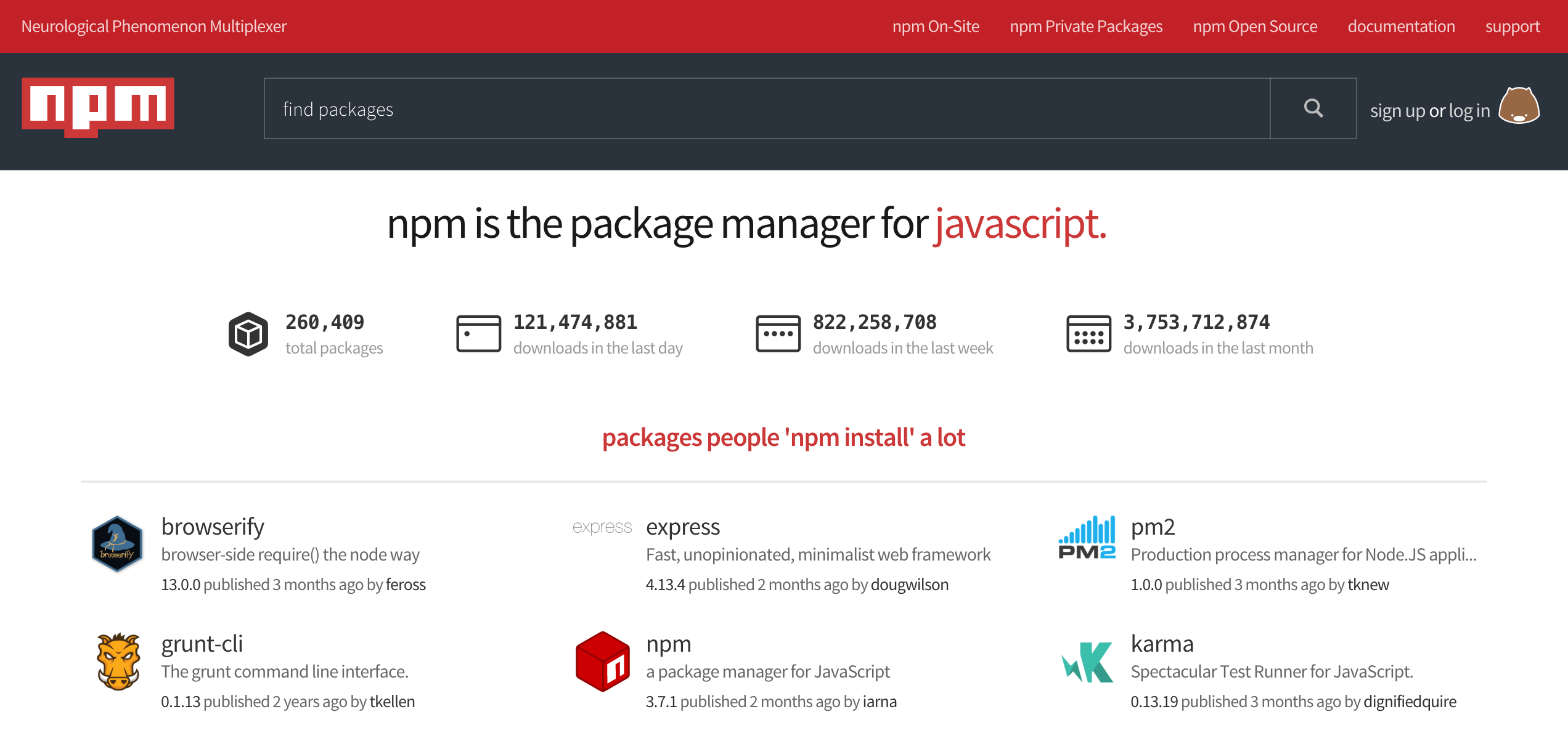
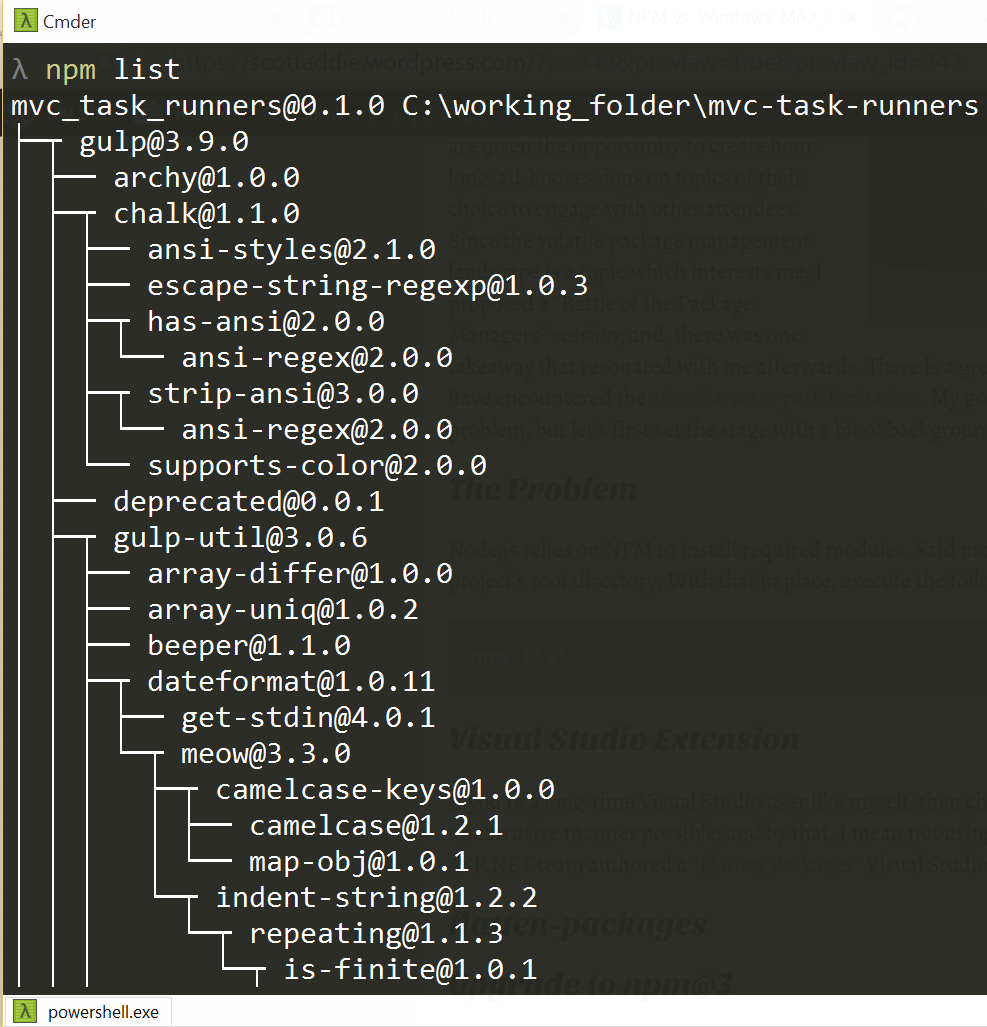
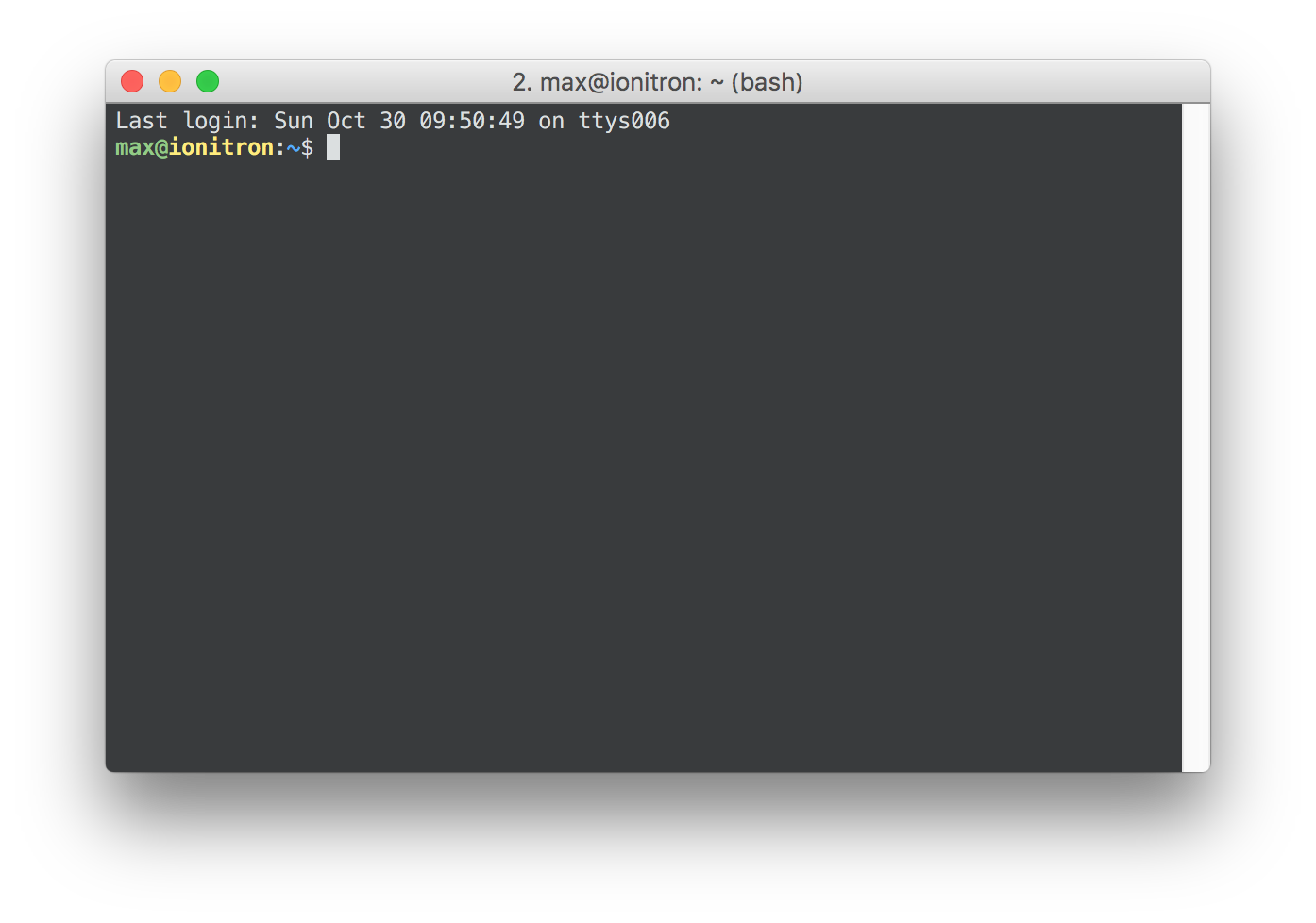
Install package
Npm is installed with Node.js.
Download and install Node.js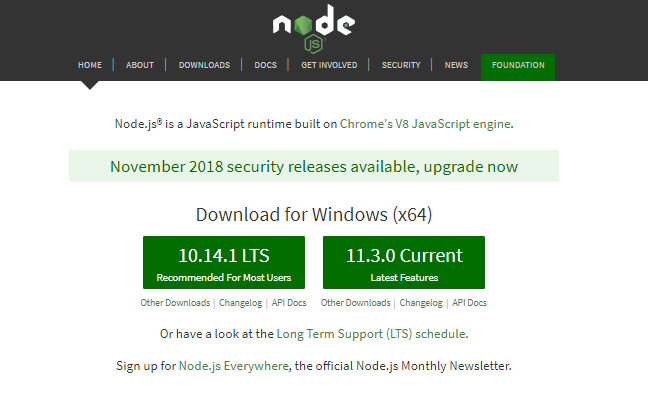
Find packages to use on the website

Run the following command on the command line
- npm install <package>
- npm install -g <package>
- locally-
- the module would be installed in the current working directory ./node_modules.
- globally-
- in {prefix}/lib/node_modules, and puts executable files in {prefix}/bin
Uninstall a package
- npm uninstall <package>
- npm uninstall -g <package>
Update a package
- npm update <package>
- npm update -g <package>
Clear the cache
- npm cache clean
package.json

npm init
npm init --yes



Steps to Publish
code => test => publish => revise code => test => publish new version ...
Create a new directory and enter the following command from terminal
npm init
Enter meaningful name and appropriate details for your package. This will create the package.json for you. All NPM packages need main key. This defines the entry point to our library. By default this will be index.js but you can change it whatever you want your entry point to be.
Publish
Once your code is thoroughly tested, it is ready to be published. Run this command from the terminal
npm publish
This will publish your package to NPM registry. If you want to make changes to your package, you have to change the version number and publish again.
npm-version
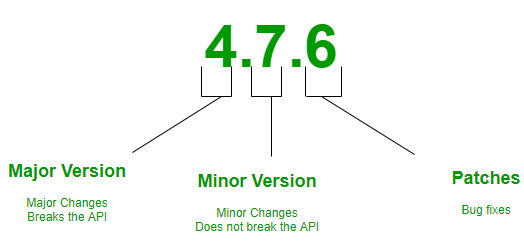
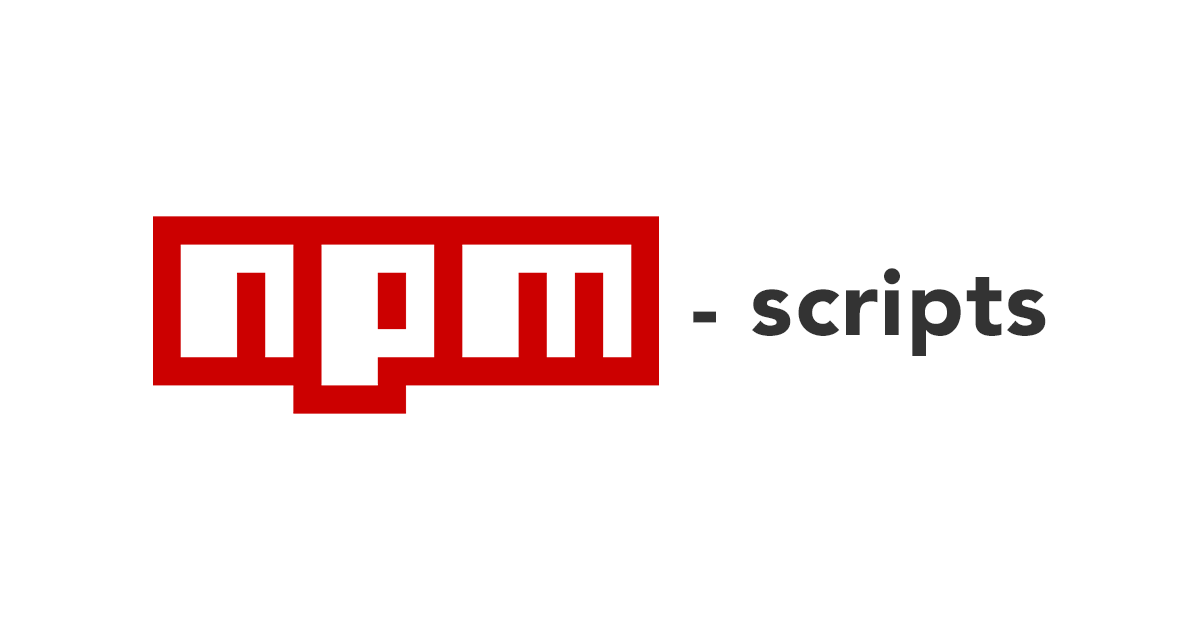
Scripts
- Used for testing, building, steamlining of the needed commands to work with a module
- Reduce the number of configuration files
- NPM scripts are written as usual JSON key-value pairs
- They are simply terminal commands
NPM Scripts
- Scripts execute automatically
- Custom Scripts
- Calling NPM Scripts Within Other NPM Scripts
Scripts execute automatically
- prepublish: Run BEFORE the package is packed and published, as well as on local npm install without any arguments.
- prepare: Run both BEFORE the package is packed and published, and on local npm install without any arguments. This is run AFTER prepublish, but BEFORE prepublishOnly
- prepublishOnly: Run BEFORE the package is prepared and packed, ONLY on npm publish.
- ...(full list here)
Custom Scripts
….
"scripts": {
"say-hello": "echo 'Hello World'"
}
Basic custom NPM script that outputs “hello world” to the consol
npm run say-hello
Calling NPM Scripts Within Other NPM Scripts
...
"scripts": {
"say-hello": "echo 'Hello World'",
"awesome-npm": "npm run say-hello && echo 'echo NPM is awesome!'"
}
When you run npm run awesome-npm, the second command executes after the successful execution of the first command.
package-lock.json
It is automatically generated for any operations where npm modifies either the node_modules tree, or package.json. The goal of the file is to keep track of the exact version of every package that is installed, especially the packages of indirect dependence. It improves the installation process.
Thanks for attention
sources used
nodejs npmjs scripts